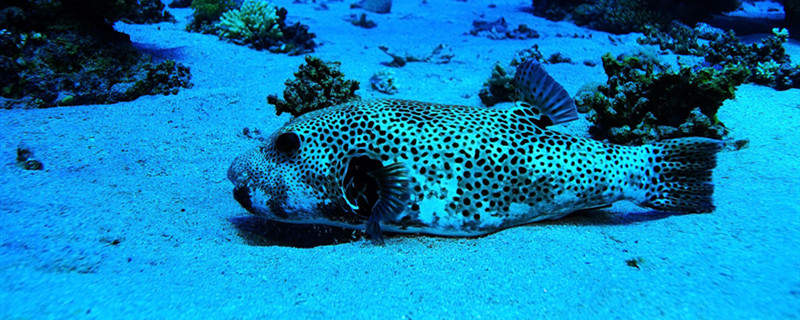
Fish rely on fins to maintain body balance. Living in water, this animal does not have the limbs of terrestrial animals, but has evolved fins to facilitate swimming and balance in the water. Different fins have different functions for fish, but when they are lost, they will affect its balance, causing it to sway from side to side when swimming.
1. Tail fin: For fish, the tail fin is the most important fin. It can provide power for the fish to move forward, but also control the direction of their swimming, if the fish lost its tail fin, although it can also move forward by swinging the trunk, but there is no way to change the direction of swimming.
2. Pectoral fins: When fish swim slowly, they mainly rely on the pectoral fins, which can paddle like oars, allowing the fish to move slowly. In addition, the pectoral fins can slow down and brake when the fish is swimming at high speed.
3. Pelvic fins: Not all of the pelvic fins are located on the abdomen. Some are located in front of the pectoral fins, while others are located in the throat. The fins in different positions often have different functions, but they are basically used to maintain balance and assist the fish in lifting and turning.
4. Anal fin: The anal fin is usually located behind the anus of the fish. Its function is to prevent the fish from tilting and swaying, and at the same time, it can regulate swimming. However, for some fish, the role of the anal fin is much greater, such as electric eels, eels, etc., can use the anal fin to push themselves forward.
5. Dorsal fin: The dorsal fin is mainly on the back, mainly to balance the body, but for longer fish, the dorsal fin, like the anal fin, is an important part to help them move forward.